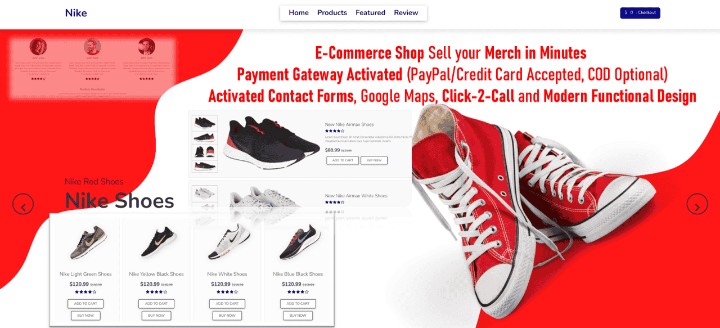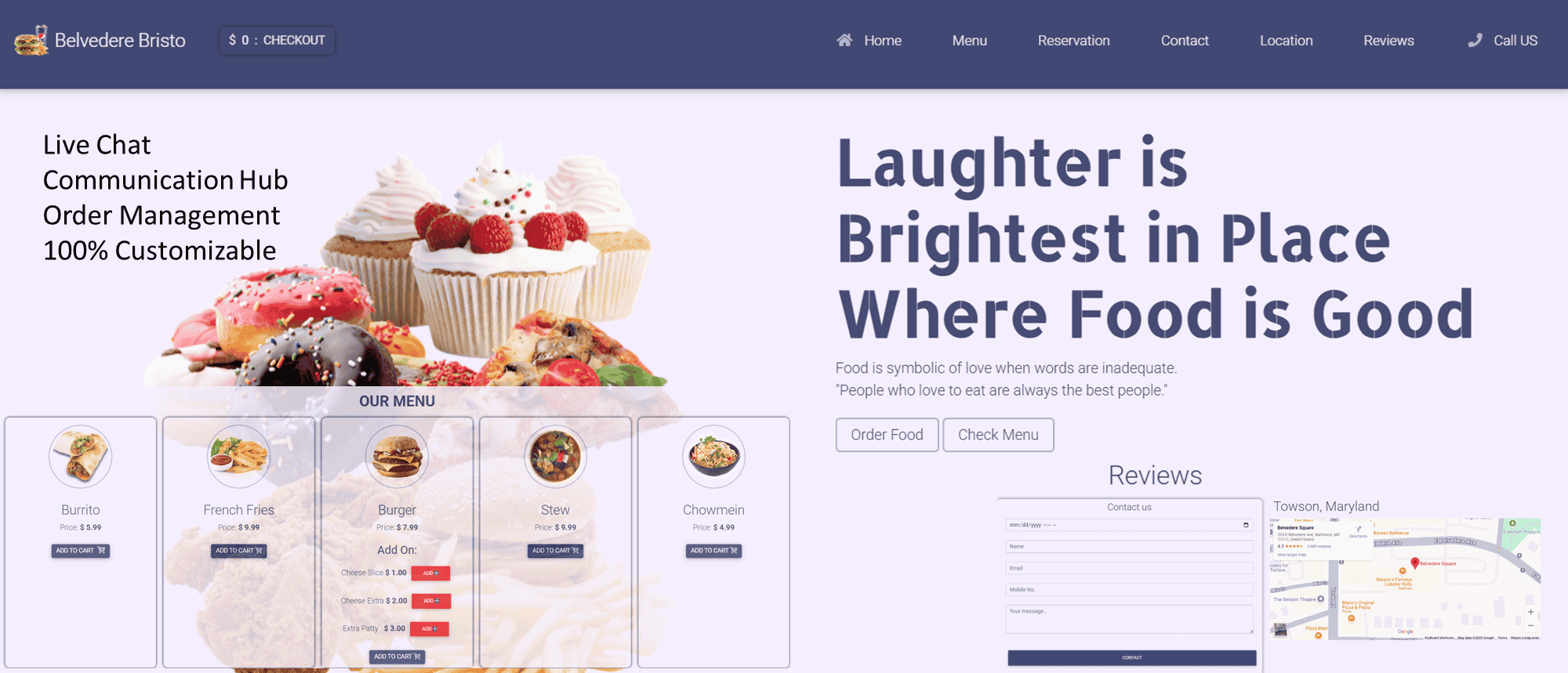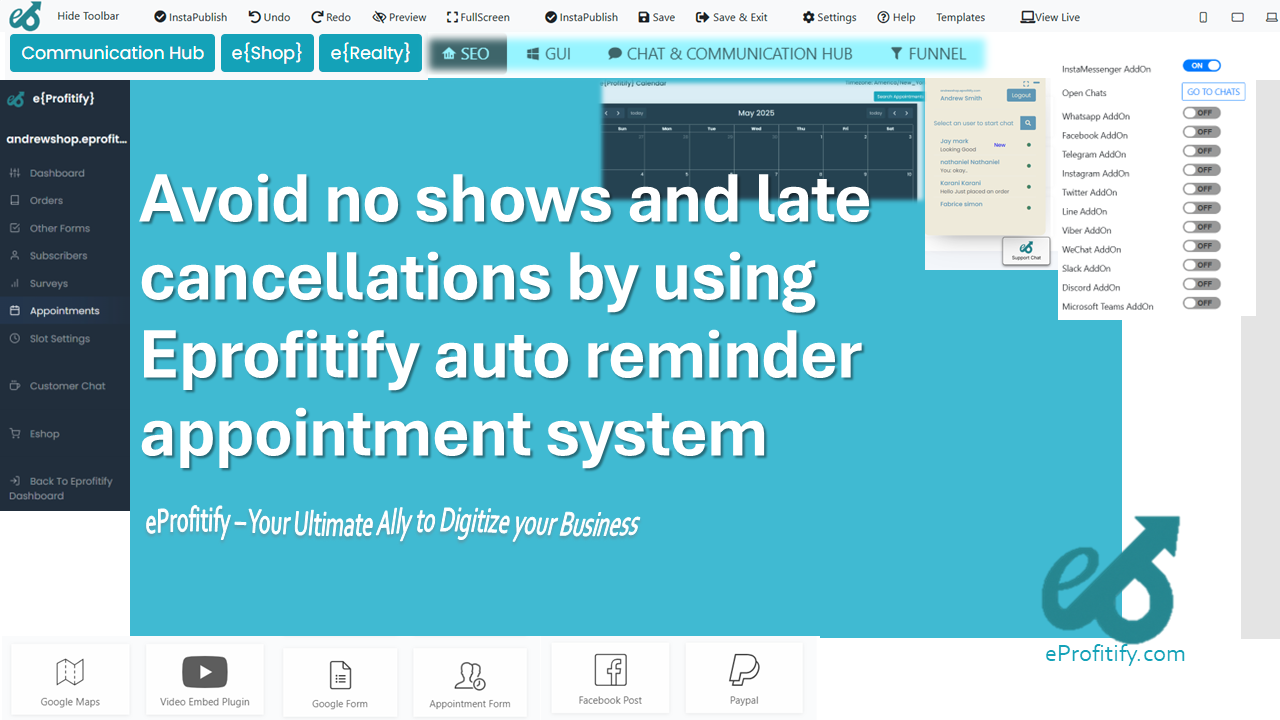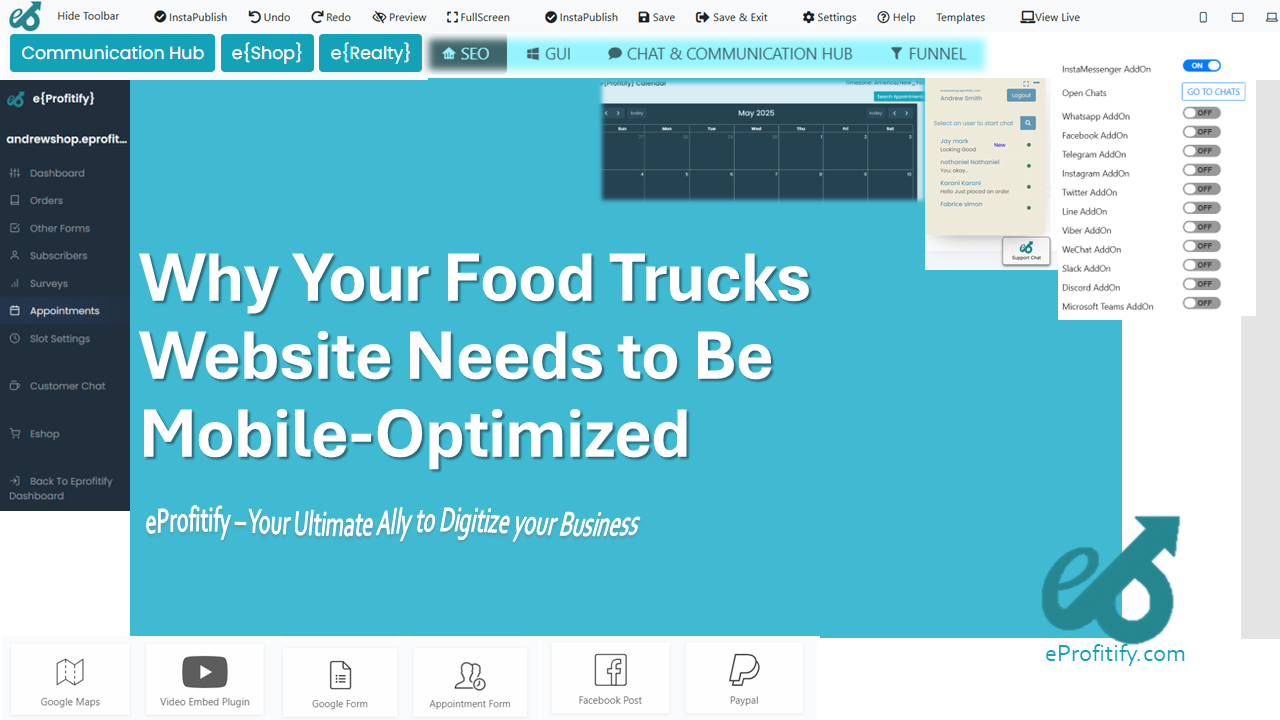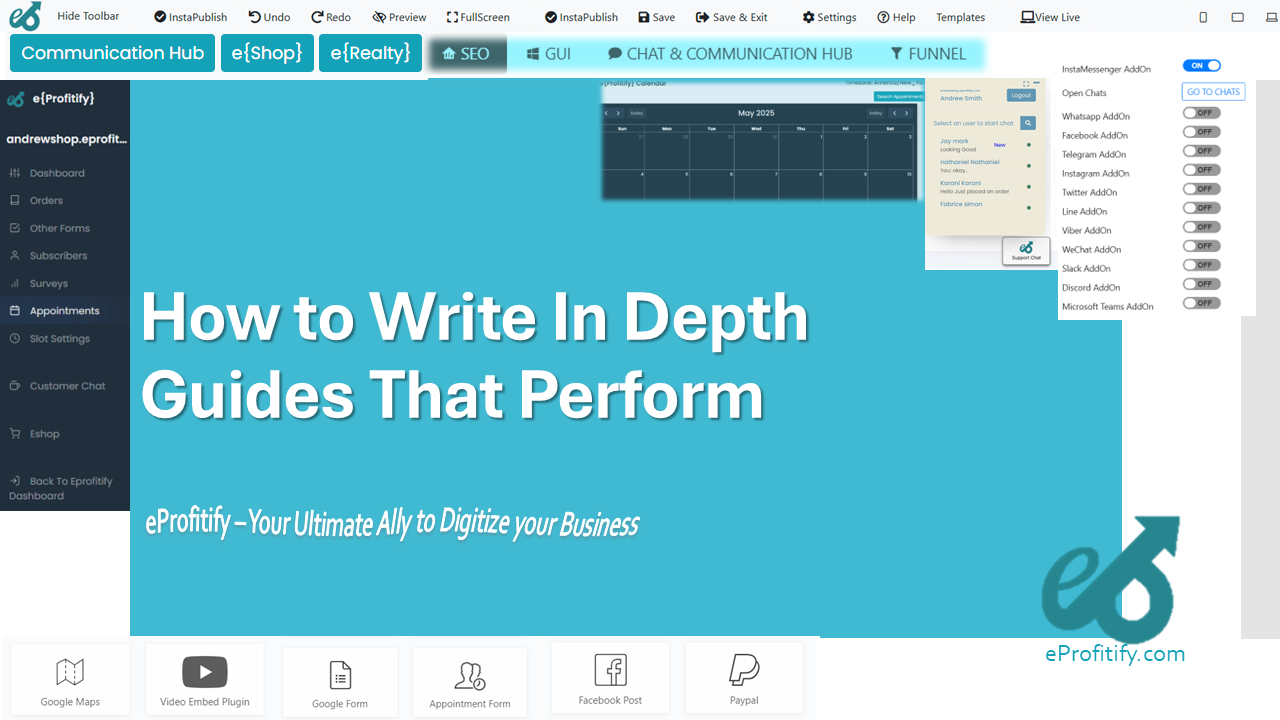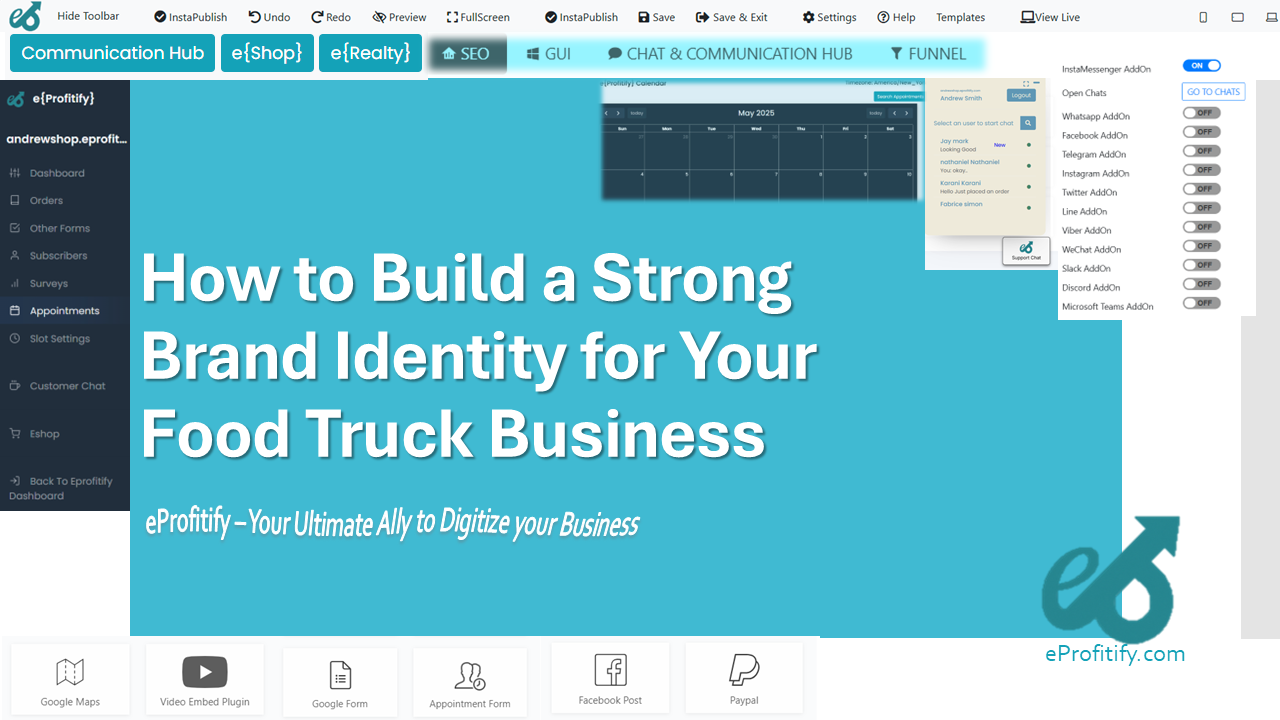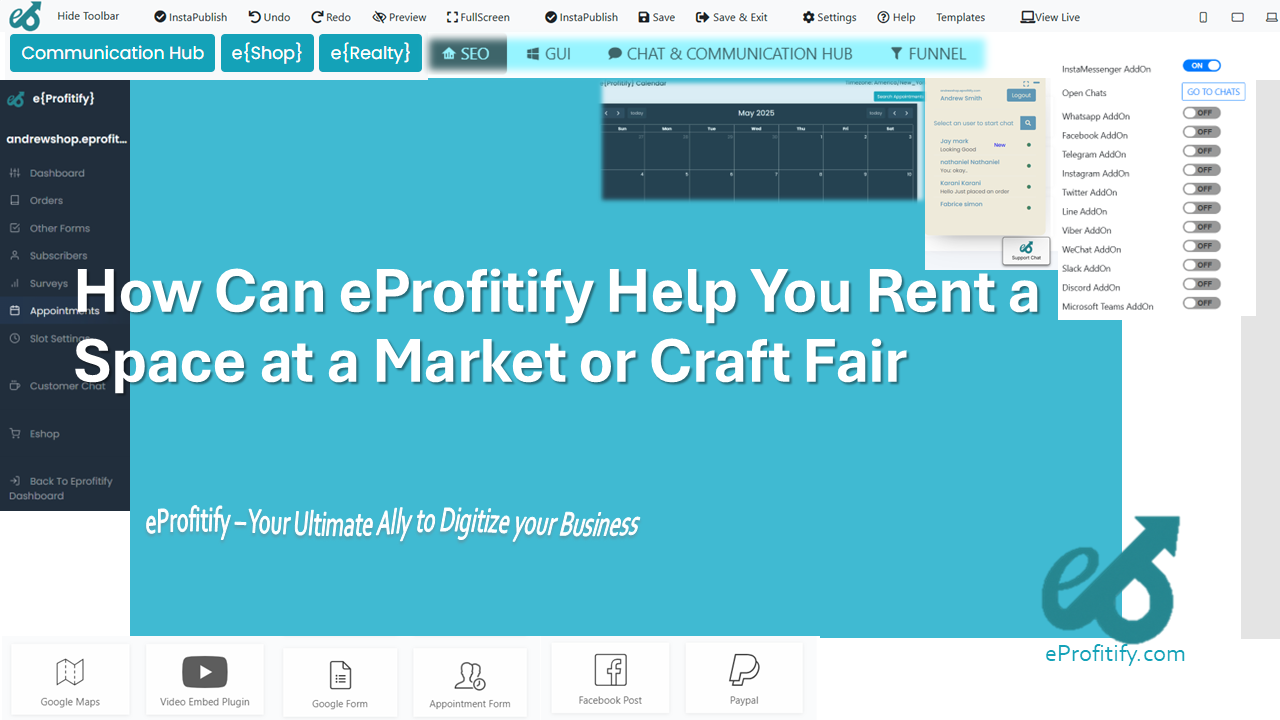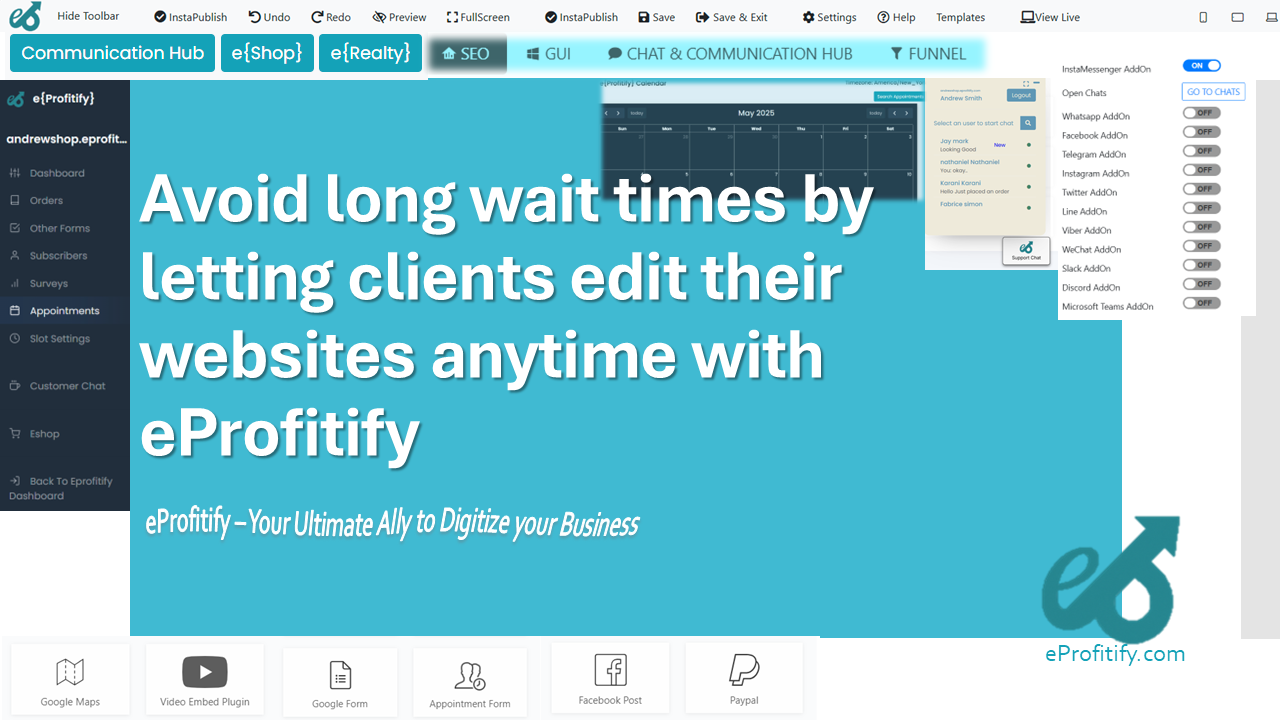How to Choose a Name That Fits Your Brand Personality
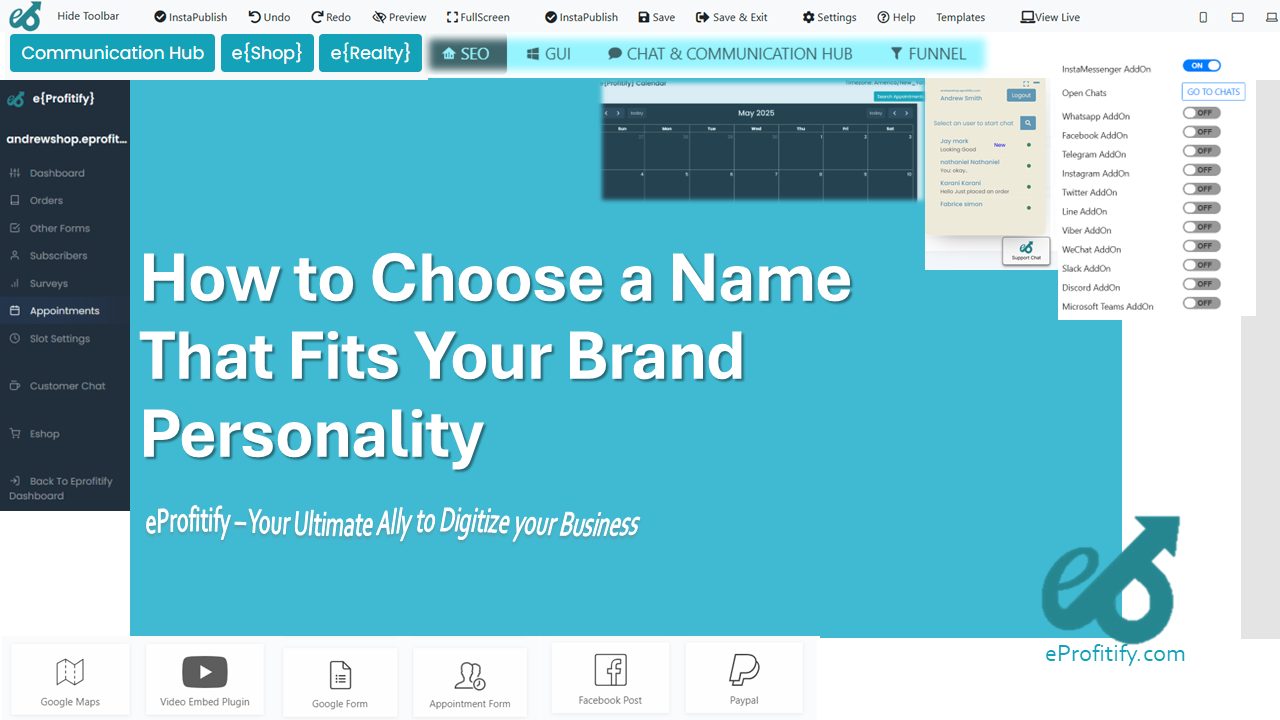
Schedule a LIVE Zoom call with an eProfitify Expert.
How to Choose a Name That Fits Your Brand Personality
A brand name is more than a label—it’s the foundation of your identity, shaping customer perceptions and influencing purchasing decisions. According to a 2023 survey by HubSpot, 77% of consumers say a brand’s name significantly impacts their willingness to engage with its products or services. Crafting a name that aligns with your brand personality requires strategy, creativity, and research. Here’s a step-by-step guide, supported by data and insights, to help you navigate this critical process.
1. Define Your Brand Personality
Before brainstorming names, clarify your brand’s core values, mission, and personality traits. Are you playful or professional? Innovative or traditional? A 2022 study by McKinsey revealed that 64% of customers prefer brands with a clearly defined personality, as it fosters emotional connections. For example, “Apple” evokes simplicity and innovation, while “Nike” conveys empowerment. Use adjectives to describe your brand, and ensure your name reflects these traits.
2. Brainstorm Creatively
Leverage word association, industry jargon, or metaphors to generate ideas. Tools like name generators (e.g., Namelix) or collaborative platforms can spark inspiration. Research by Statista shows that 45% of successful startups involve cross-functional teams in naming sessions to ensure diverse perspectives. Consider combining words, altering spellings (e.g., “Lyft” instead of “Lift”), or exploring foreign languages—just ensure it resonates culturally.
3. Prioritize Memorability and Simplicity
A memorable name drives brand recall. A Stanford University study found that brands with simple, easy-to-pronounce names are 33% more likely to be remembered than complex ones. Avoid generic terms (e.g., “Quality Services Inc.”) and aim for brevity. Brands like “Zoom” and “Uber” exemplify this principle.
4. Check Domain and Social Media Availability
Your online presence hinges on securing a matching domain and social handles. A 2023 GoDaddy report highlighted that 89% of consumers distrust brands without a .com domain. Use platforms like Namecheap to check availability. If your desired name is taken, consider tweaks (e.g., “GetHub” instead of “Hub”). Social Media Today notes that 56% of customers expect brands to have consistent handles across platforms, so verify availability on TikTok, Instagram, and LinkedIn.
5. Legal and Trademark Considerations
Avoid costly disputes by conducting trademark searches via USPTO or WIPO databases. In 2022, over 7,000 trademark infringement lawsuits were filed in the U.S., with 40% stemming from unintentional overlaps. Consult legal experts to ensure global compliance.
6. Test with Your Audience
Gather feedback through surveys, focus groups, or A/B testing. A 2023 Gartner study found that brands testing names with target audiences saw a 30% higher conversion rate. Platforms like SurveyMonkey or PickFu simplify this process.
7. Integrate with Business Tools for Cohesive Operations
Once your name is finalized, integrate it seamlessly into your operations. Platforms like eProfitify—a leading website publishing and management tool—streamline this process. With features such as instant messaging for real-time customer engagement, an appointment management system to enhance professionalism, and ecommerce integration for seamless sales, eProfitify ensures your brand personality shines through every interaction. Its CRM tools help maintain consistent communication, while analytics track brand performance, enabling data-driven refinements.
Conclusion
Choosing a brand name is a blend of artistry and strategy. By aligning with your personality, ensuring accessibility, and leveraging tools like eProfitify to manage online presence and customer relationships, you lay the groundwork for lasting success. In a digital era where 68% of customers cite brand consistency as a key loyalty driver (Salesforce, 2023), every detail—from name to user experience—matters. Invest time in crafting a name that resonates, and pair it with robust tools to amplify your brand’s impact.

